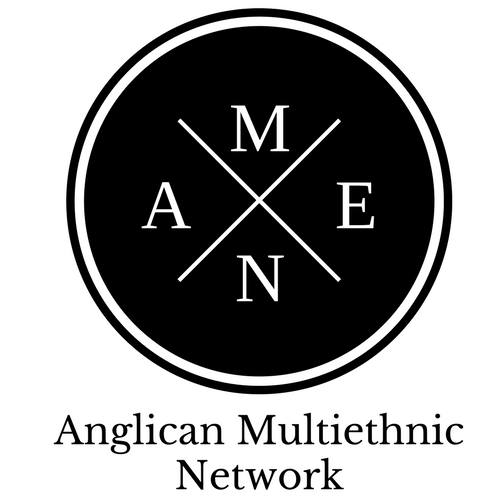by
Last year, I read a sentence that took my breath away. It was in the book The Color of Law: A Forgotten History of How Our Government Segregated America, by Richard Rothstein. Though most people probably passed right by this mundane factoid, it stopped me in my tracks. In a chapter about restrictive housing covenants which functioned to maintain all-white neighborhoods and keep new black families out, Rothstein reports: “(The covenant) was sponsored by the Cote Brilliante Presbyterian Church. Trustees of the church provided funds from the church treasury to finance the…lawsuit to have the African American family evicted.” Think about the sequence of events that led to this insidious sentence. Someone went to church and, in an act of worship, gave of their wealth to Cote Brilliante Presbyterian Church. Then, in a leadership meeting which I presume began or ended with a prayer, it was decided that the best use of the funds that had been given in that offering was not to purchase Sunday School curriculum, or start a food pantry, but instead to evict a black family from the neighborhood to maintain racial purity in their local area. It made me think – what kind of twisted and perverted Christianity weds itself so blatantly to the sin of racism? How does this happen? In his book The Color of Compromise, published in January, Jemar Tisby gives us a sweeping historical survey of our country’s past, seeking to answer that very question – with sobering results.
Tisby begins with the colonial era and ends with “The Fierce Urgency of Now,” and at each step in our nation’s history he documents the ways in which churches and Christians perpetrated racism, collaborated with racism, or remained silent and complicit in the face of injustice. Tisby’s goal is not to shame and guilt the church, but to bring us closer to an honest reconciliation. According to his introduction, “…all too often, Christians, and Americans in general, try to circumvent the truth-telling process in their haste to arrive at reconciliation. This book tells the truth about racism in the American Church in order to facilitate authentic human solidarity.” Tisby proceeds with the surgical precision of a historian (he is a PhD student in History at the University of Mississippi studying race, religion, and social movements in the twentieth century), but also with the heart of a pastor (he holds a Master of Divinity degree from Reformed Theological Seminary) as he unpacks the grueling and difficult narrative of the Church in America and its legacy of racism and compromise.
As Anglicans, there is plenty here that is not just the Church’s story, but is actually our specific tradition’s history, which should cause us immense sorrow and draw our attention to an even greater degree. [Side note: As another resource, you can watch Professor Albert Thompson’s presentation to the ACNA College of Bishops about the history of the Anglican Church and racism here.] This story begins in the Virginia Assembly in 1667, “made up of Anglican men,” deciding that the sacrament of baptism would no longer mean that the enslaved were equal with their masters (and therefore entitled to freedom), as tradition had dictated in England. Tisby states that the colonists chose “dividends over dignity” and preserved the financial power structures of the system of chattel slavery, which meant weakening and distorting the theological realities of the rite of holy baptism. Another chapter in the Anglican legacy of compromising with racism is the story of George Whitefield. I always had heard the name Whitefield associated with the Great Awakening, always in a positive, rose-colored light. What Tisby’s book did so often for me was to pull back the curtain on these hagiographies of our nation’s spiritual leaders and critically examine their role in supporting the sinful evils of racism and race-based slavery. It turns out that Whitefield used a slave plantation to garner financial support for his ministry work, and even petitioned the government of Georgia (founded as a free territory) to sanction slavery, saying: “Georgia can never be a flourishing province unless negroes are employed [as slaves].” Tisby shows the continuing theme of “dividends over dignity,” or making decisions about racism and slavery based on money, not on what was right in the eyes of God.
I learned a lot from this book, and only wish that it was a more robust treatment in certain areas – alas, this is meant to be a survey and gives a very broad overview of the 300+ years of history. It is important to not look away – to fully engage with this story. It has shaped and molded our lives as Americans and as the Anglican Church in North America. Tisby’s call at the end of this book to active anti-racism is a call to a new discipleship – one that forms not only our thoughts and habits, but also seeks the good of our black brothers and sisters in a society that still chooses dividends over their dignity, in many ways large and small.
If this review has you interested in reading the book, please support Jemar’s labors and purchase a copy here.
